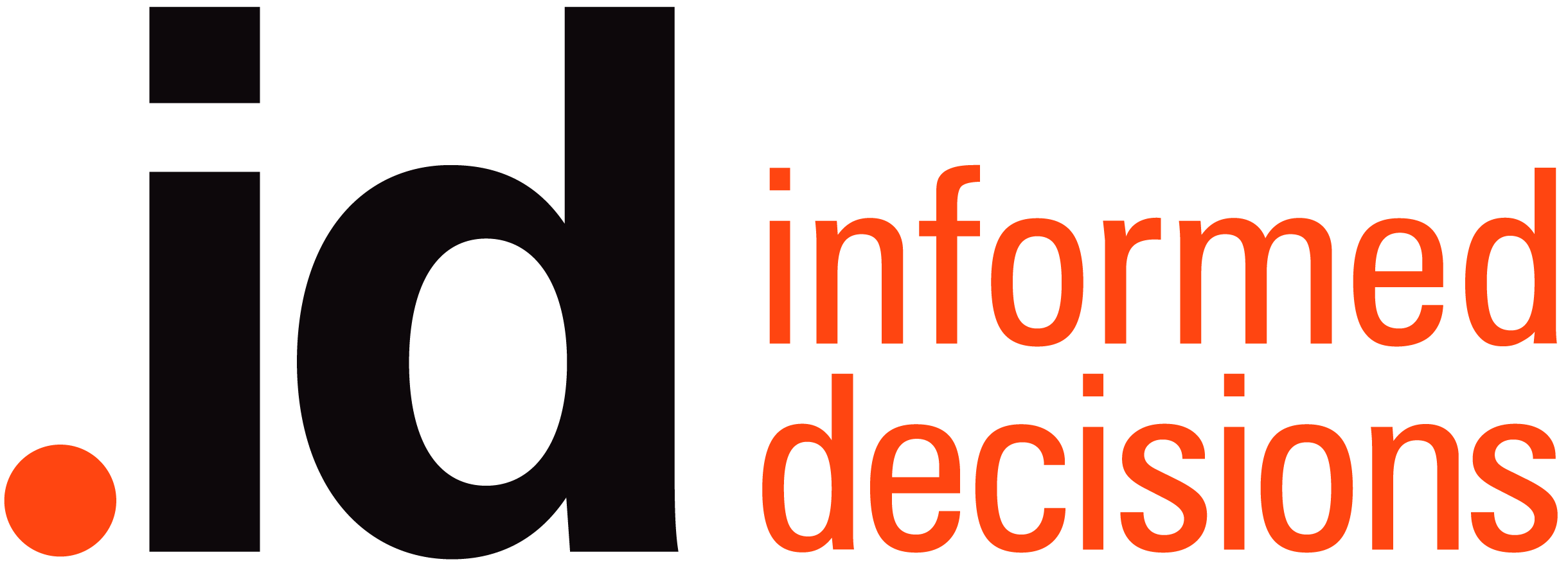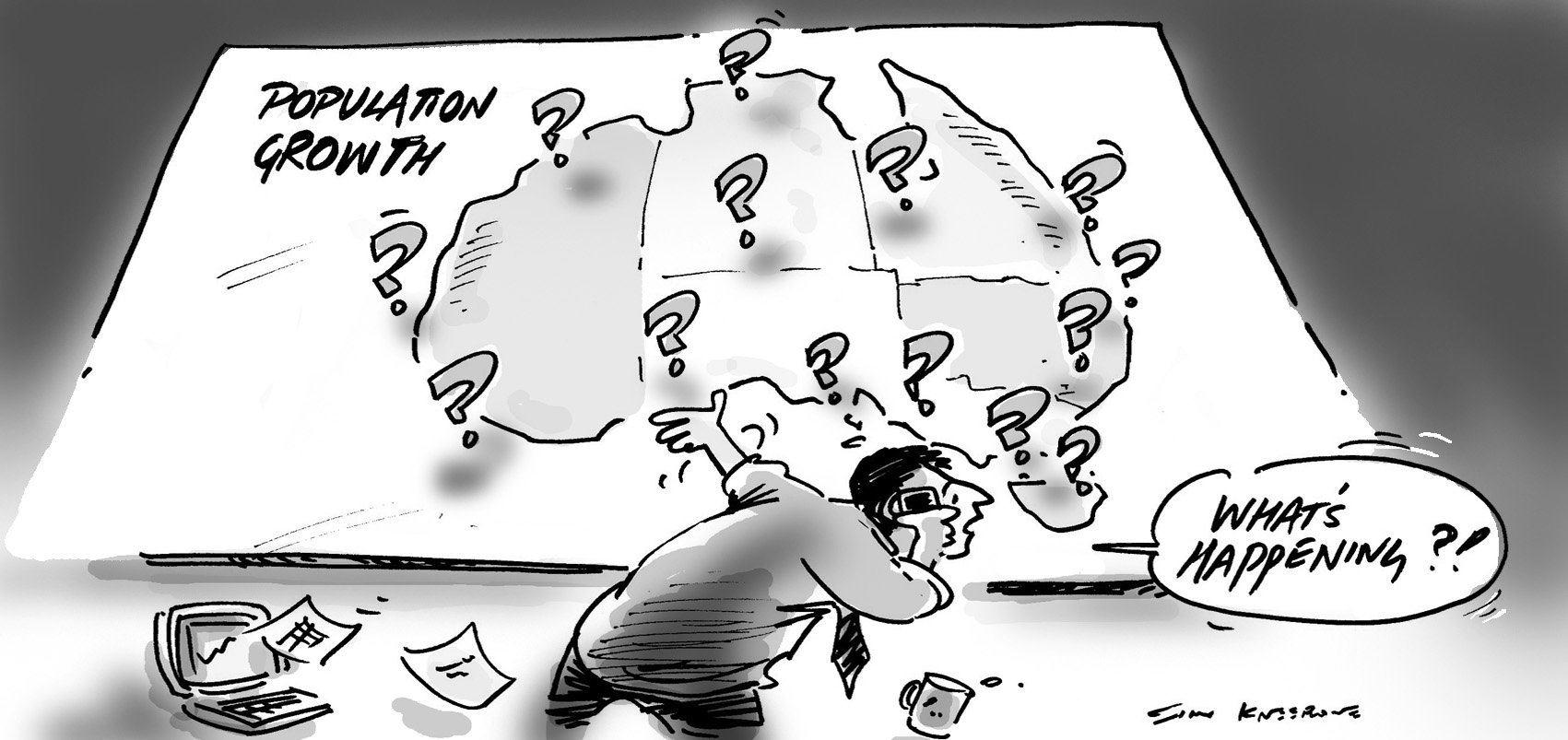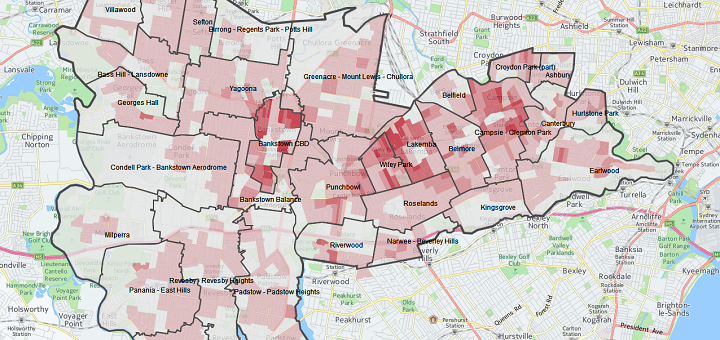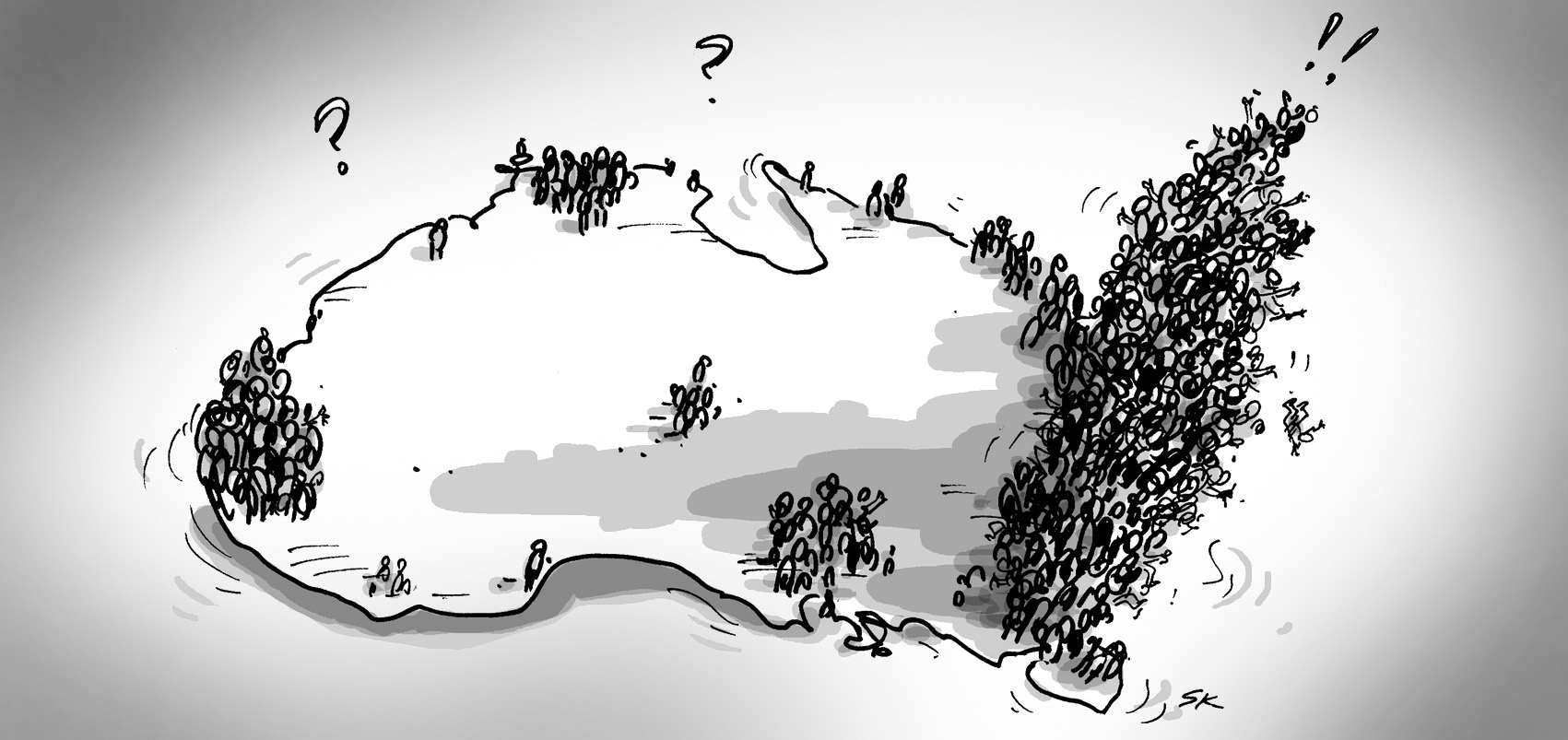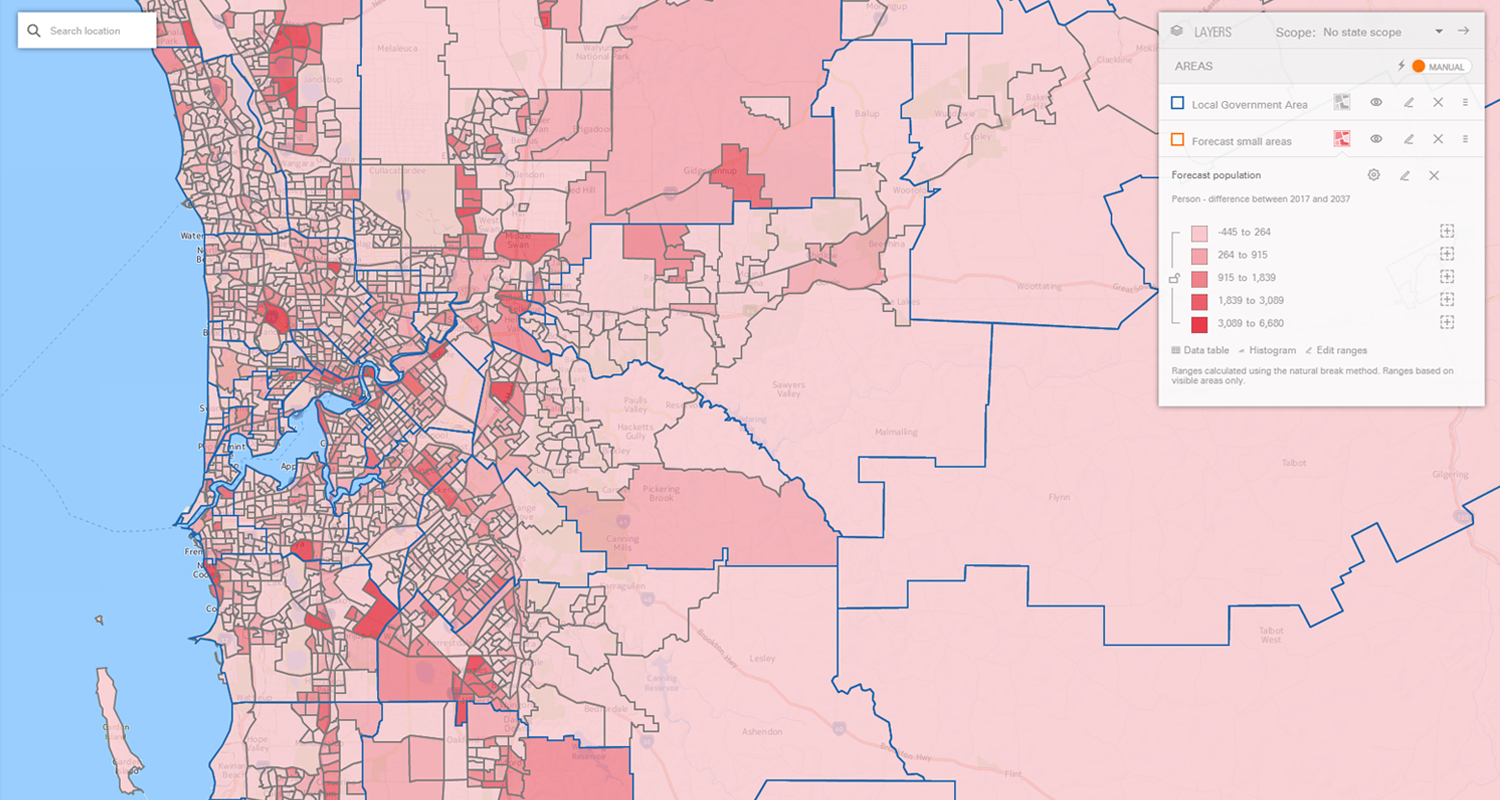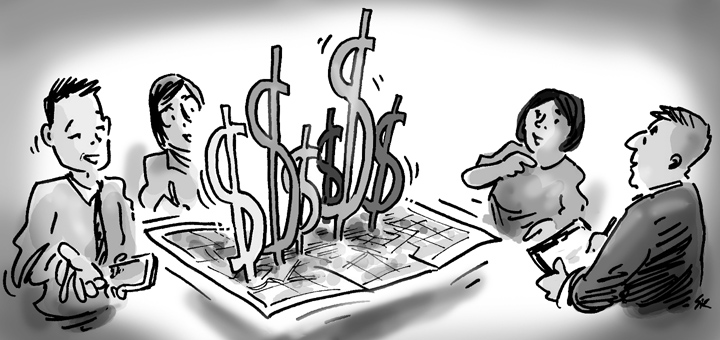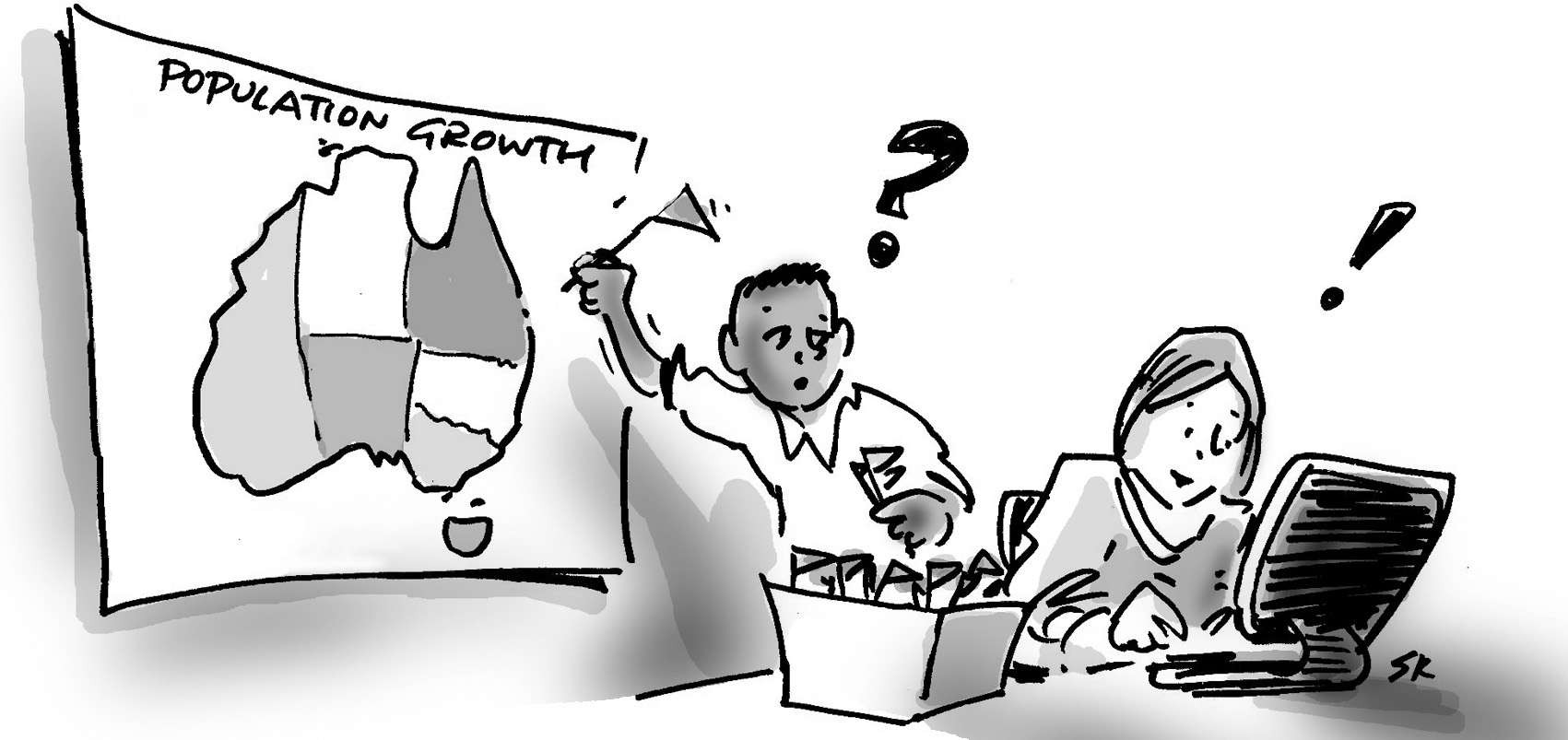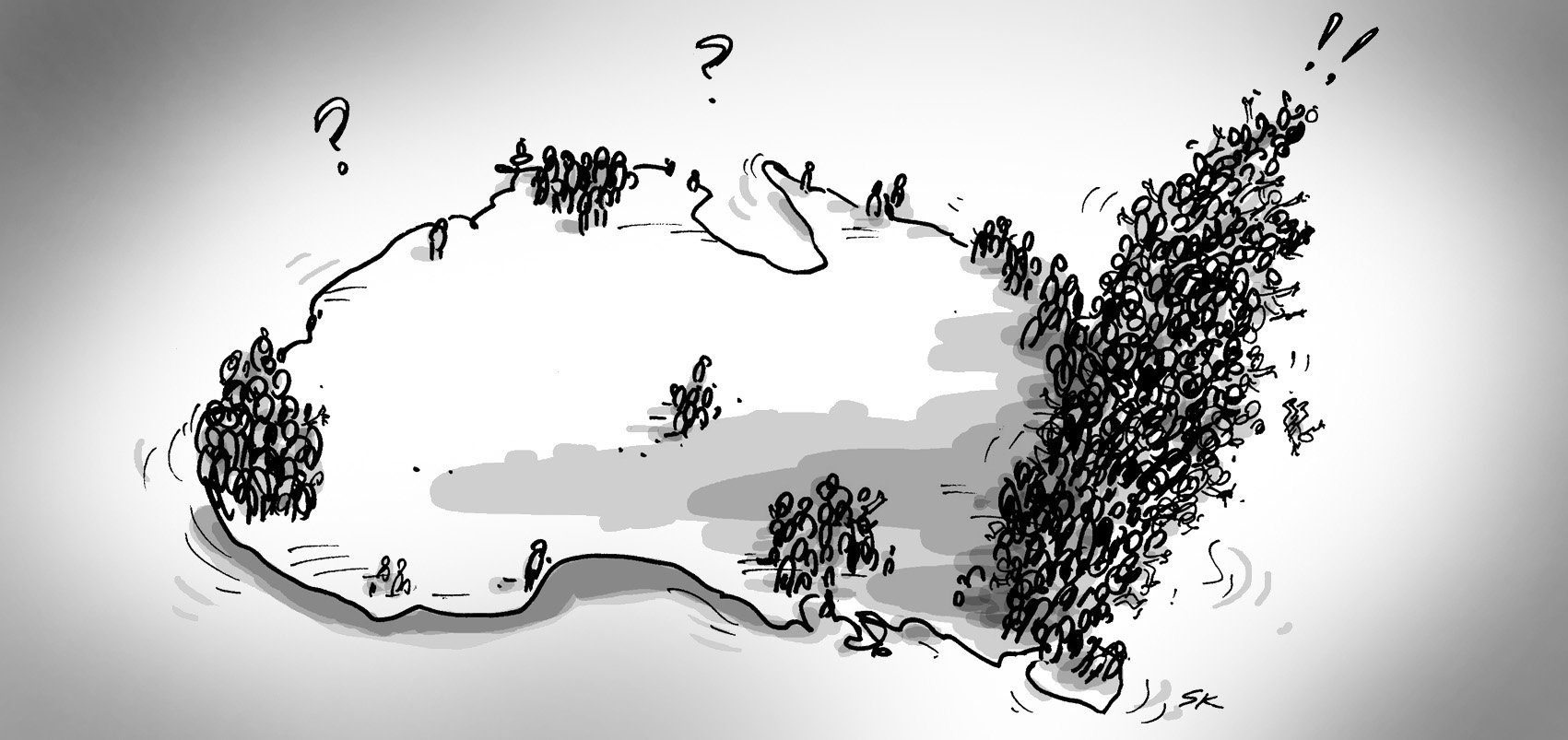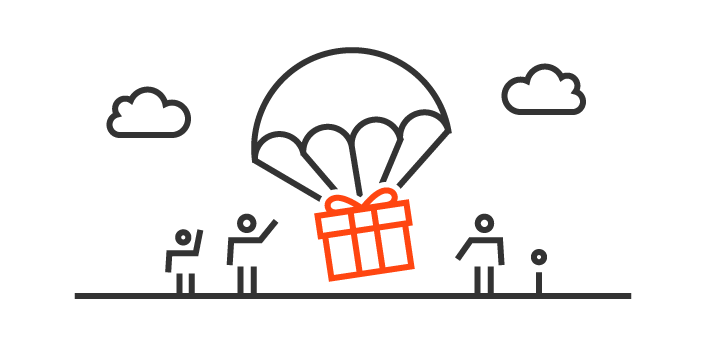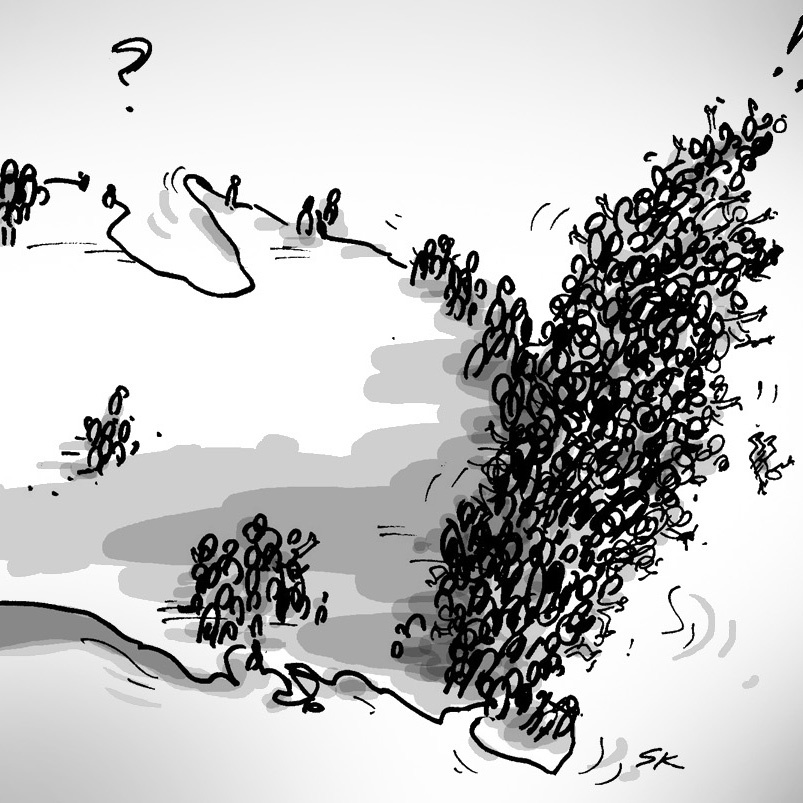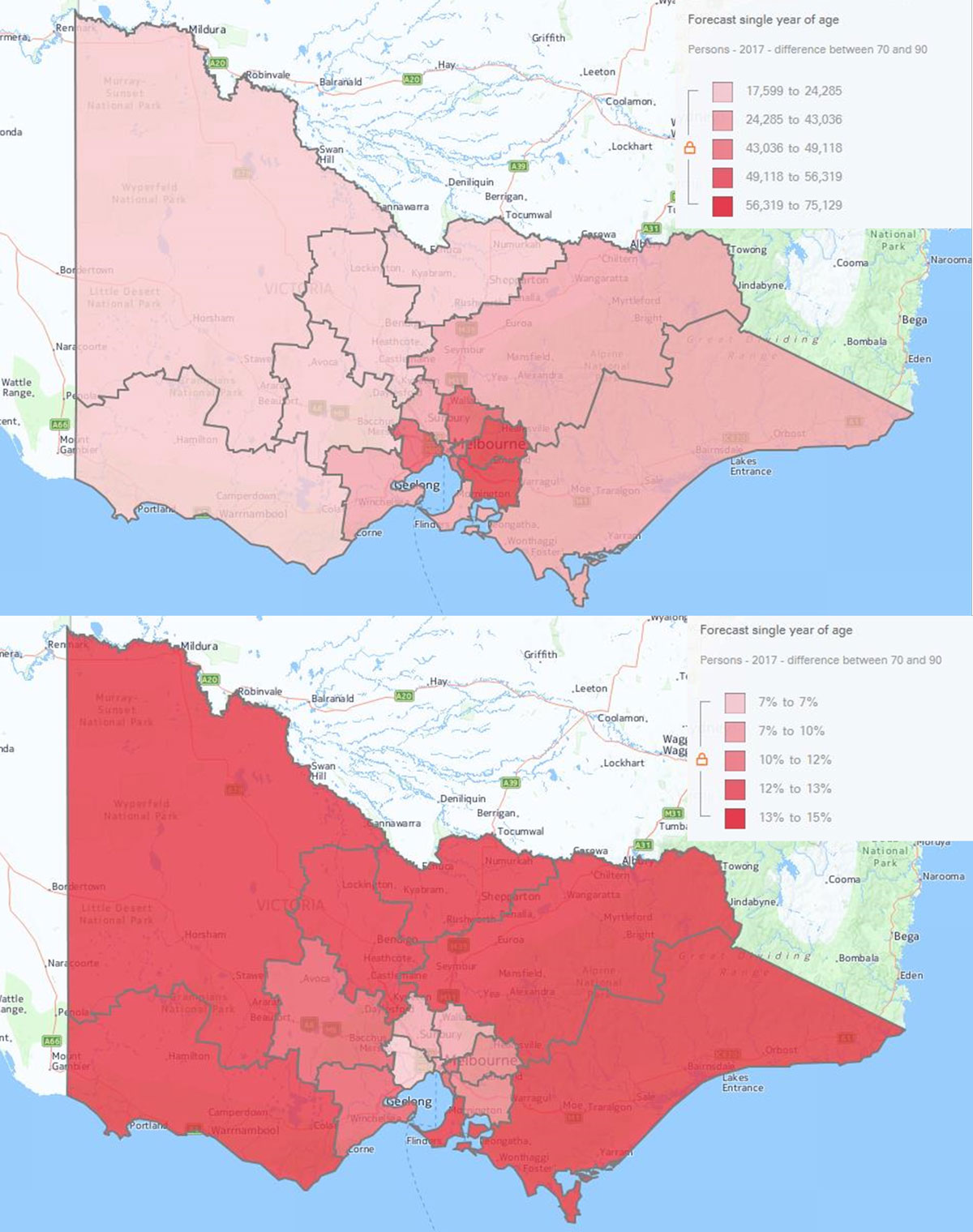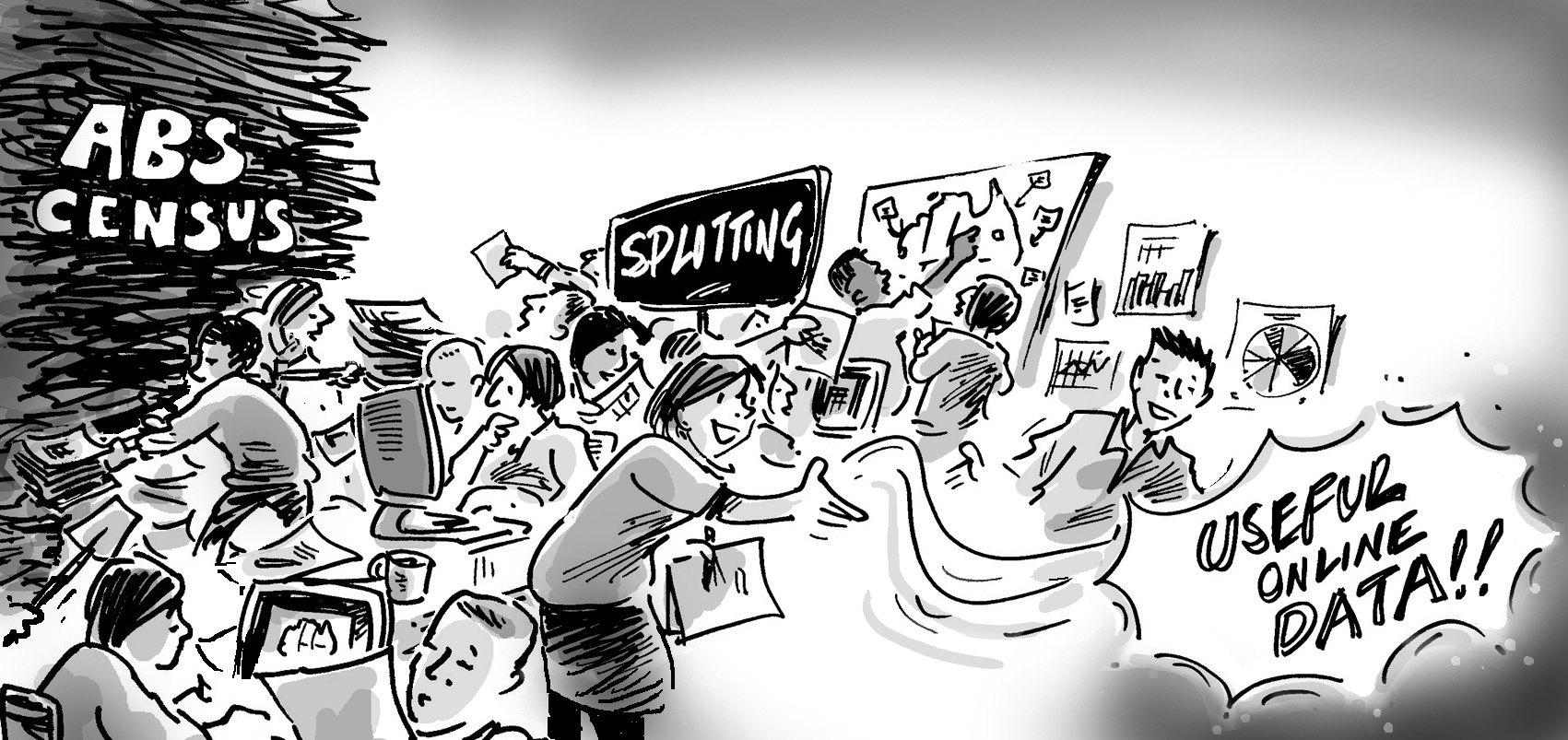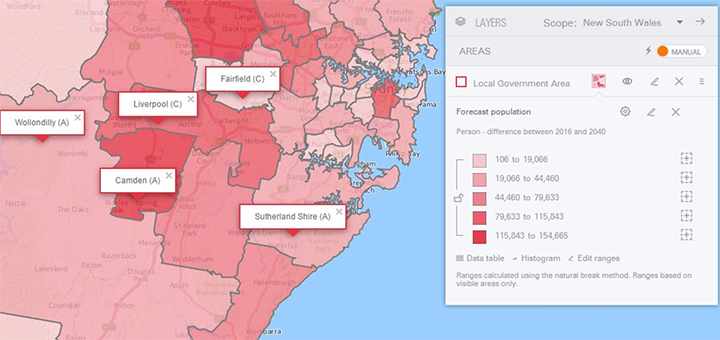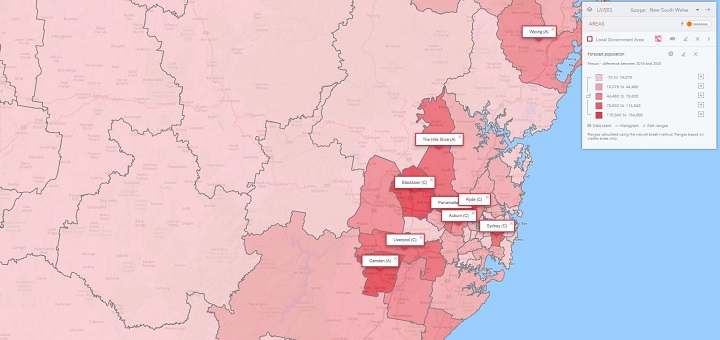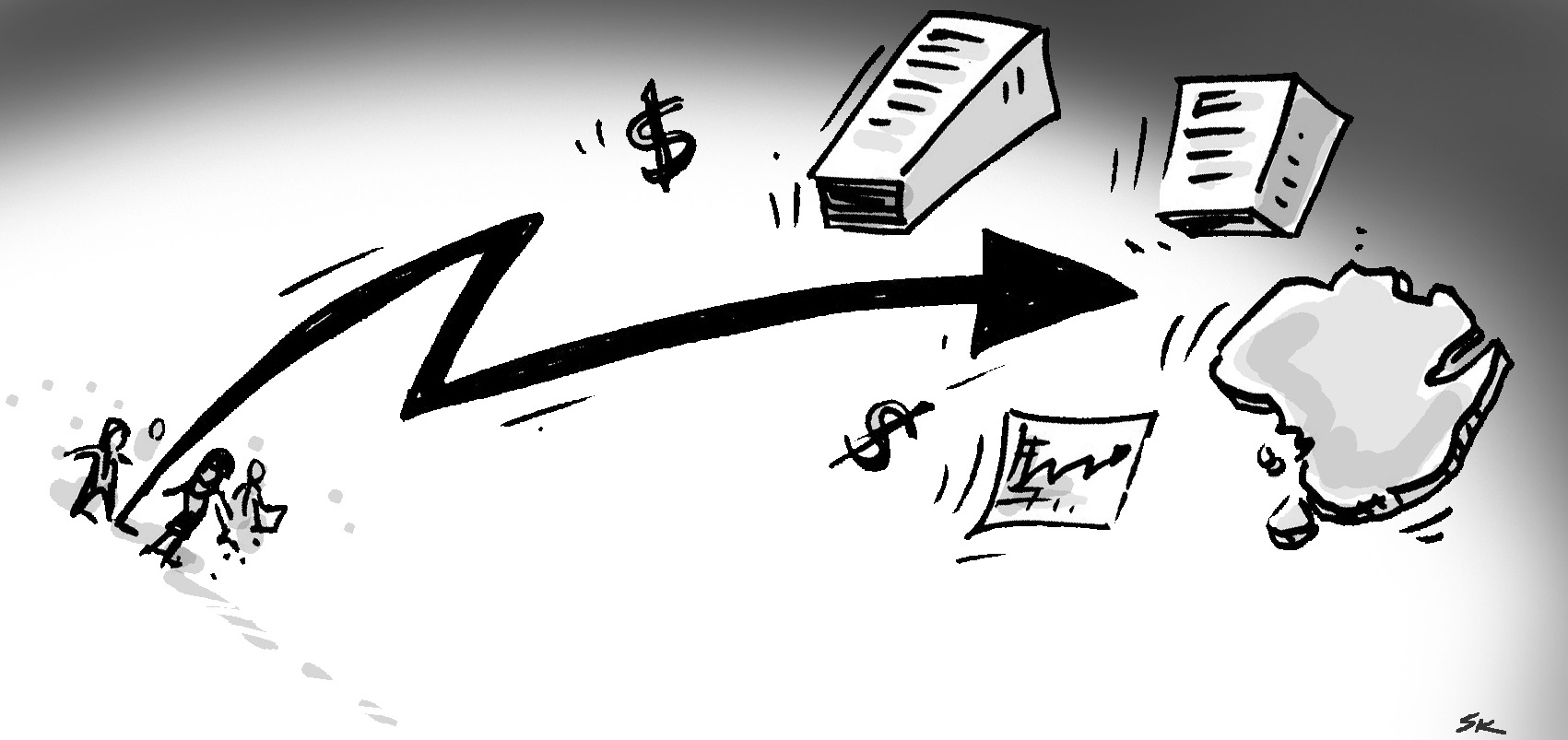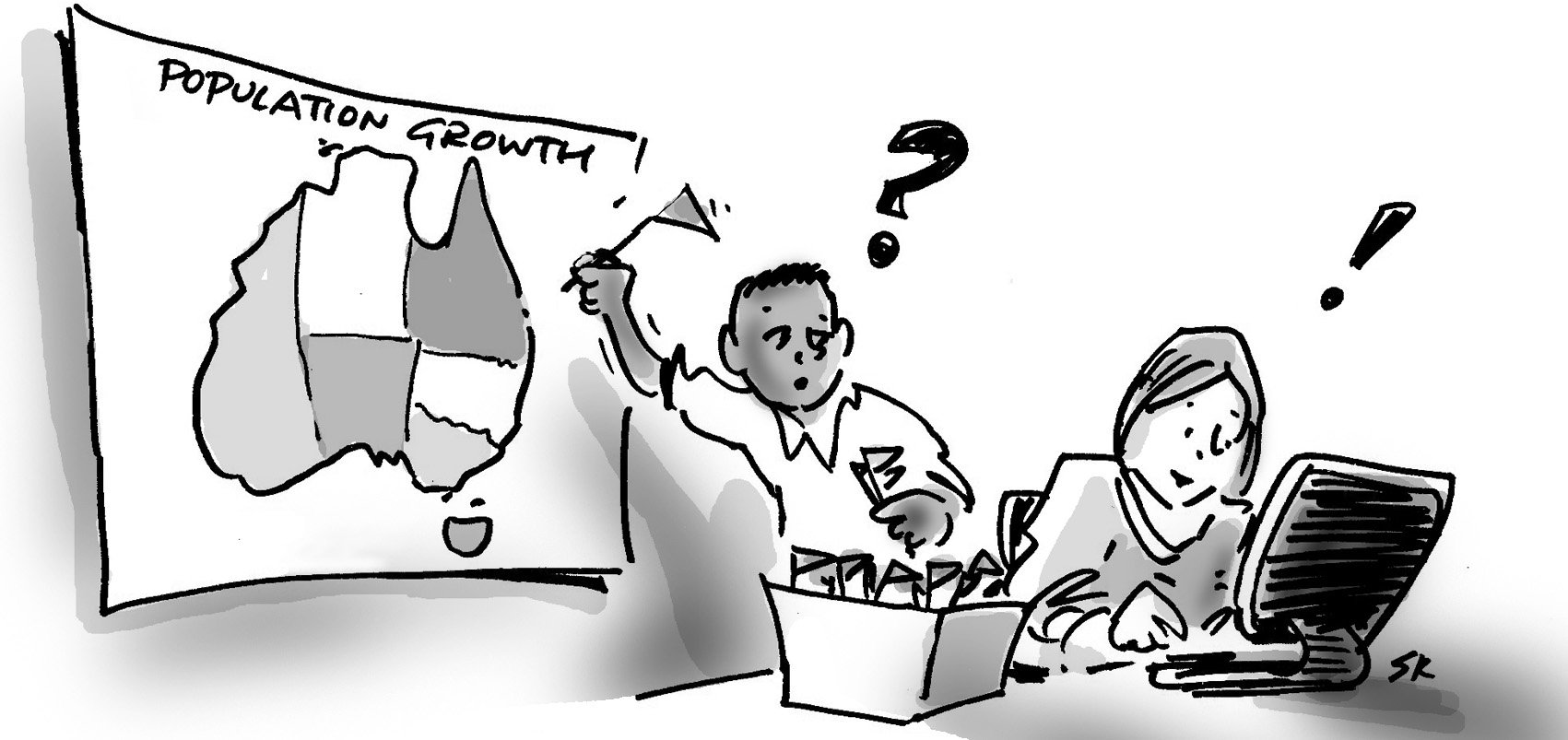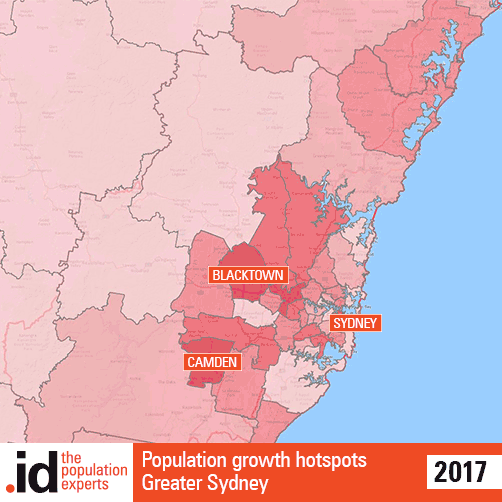Australia's top 20 fastest growing areas
It’s that time of year again (not just the AFL season), the ABS has released 2016 Estimated Resident Population (ERP) figures for Local Government Areas and other small area geographies in Australia. As always there’s some very...
The tale of two cities becoming one
When councils merge, it creates a new geographic area with its own unique characteristics. Here at .id, we recently completed a suite of community tools for the amalgamation of the former Canterbury City and...
How to categorise local areas in Australia
We often talk about places as being cities, suburban or rural but have you ever wondered what the specific characteristics are that classify an area as such? And what do these characteristics mean in the...
Is it all doom and gloom after the boom in Western Australia?
With the end of the mining resources boom in Western Australia, many people are left wondering, Is it all doom and gloom after the boom? We’re so glad you asked! Let’s take a look at what is happening in the...
We've revamped economy.id to help you profile your local economy
Taking on board feedback from our customers, we’ve done some work on making economy.id easier for you to navigate and use. From today, you’ll notice some changes to the left-hand side menus designed to help you...
What’s driving change in your economy’s competitive industries?
We are often asked by local governments and regional bodies how to understand the competitive and non-competitive industries of a region. In addition to using Location Quotients (read our previous blog on using...
Hot off the press: updated 2016 Census data release schedule
The ABS have just updated their 2016 Census data release schedule and it’s a little different to what we’ve published before, so we thought we’d give you an overview of the latest information.
It’s all about people and places
We are often approached by clients needing to solve complex service-delivery issues and make strategic business decisions. While using an evidence-base to assist in decision-making is a well-known approach, at...
What’s new?
To continually improve your experience of using the .id community of online tools, we are constantly working to update and enhance the features and functionality of these tools. Here’s a summary of our latest...
Should I use enumerated data, usual residence data or estimated resident population?
At .id, we are excited about the upcoming releases of 2016 Australian Census data #datanerds. To help you make the most out of the new data when it lands, we are putting together a series of blogs to guide you...
Delving into differing demand for aged care services across Victoria
By 2050, an estimated 3.5 million Australians will use aged care services each year. The growing cohort of older Australians is well documented, with Australians living longer and the large baby boomer...
The importance of demographics in driving tourism and visitation
Last year .id was engaged by Blacktown City Council to analyse tourism and visitation trends in Blacktown. Yes, you read correctly, tourism in Blacktown… Let’s take a look at how a council’s demographic...
How we're preparing for the release of 2016 Census data and how it helps you
With ‘small area’ 2016 Census data due to be released by the ABS in June 2017, .id is already deep in preparation to ensure we can get the new information updated in our online local government tools as quickly...
Forecasting the future of NSW: In search of greenfield growth in suburban Sydney
Significant population growth is expected throughout large parts of Sydney, both in established and greenfield areas. With outer suburban Sydney seeing particular growth fronts due to the availability of...
Forecasting the future of NSW: Inner city population rises as Sydney builds upwards
Greater Sydney is set to grow by more than 1.5 million people in just over 20 years, from 5.07 million in 2017 to 6.62 million people in 2040. With fewer greenfield sites in inner city areas, we take a look at...
#Censusfail? Or will data from the 2016 Census be more accurate than ever?
You may have noticed that here at .id we take a keen interest in the Census, which is integral to the work we do and of vital importance to our clients. To keep you updated with the latest on Census, we thought...
Missing millions – the problem with using Census data for employment estimates
The Census is a fantastic resource for all aspects of population characteristics – it’s no secret, we love it! And when it comes to understanding the workforce in an area, the fact that Census codes people by...
How will the ageing population influence demand for services in NSW?
We hear a lot about the growing cohort of older Australians. However there is much less information on how these citizens will choose to live, and where, as they age. These are vital questions if we are to...
The winners and losers of population growth in Australia for 2016
Around Christmas each year, the ABS (rather sneakily) releases one of the most interesting and important population data sets – the Australian Demographic Statistics which gives us the full financial year...
New South Wales: The return of the premier state?
The population of New South Wales is set to reach 9.644 million over the next 20 years, with an extra 1.927 million new residents by 2036. The rate of population growth in NSW is typically slower than the rest...
How to understand your region?s competitive edge
One of the most common requests we receive from local governments and regional bodies is how to better understand the competitive and non-competitive industries of a region. This information helps to identify...
